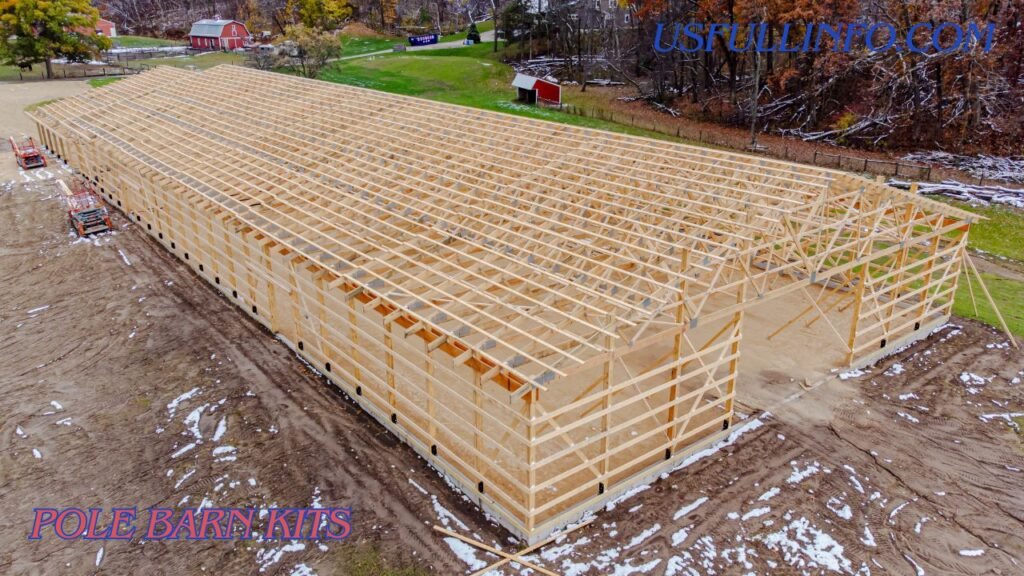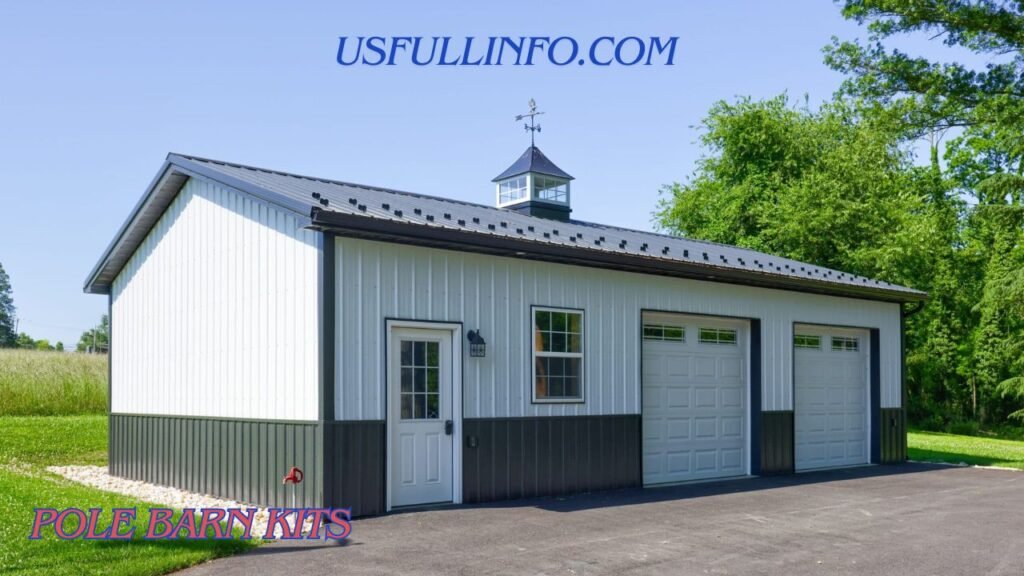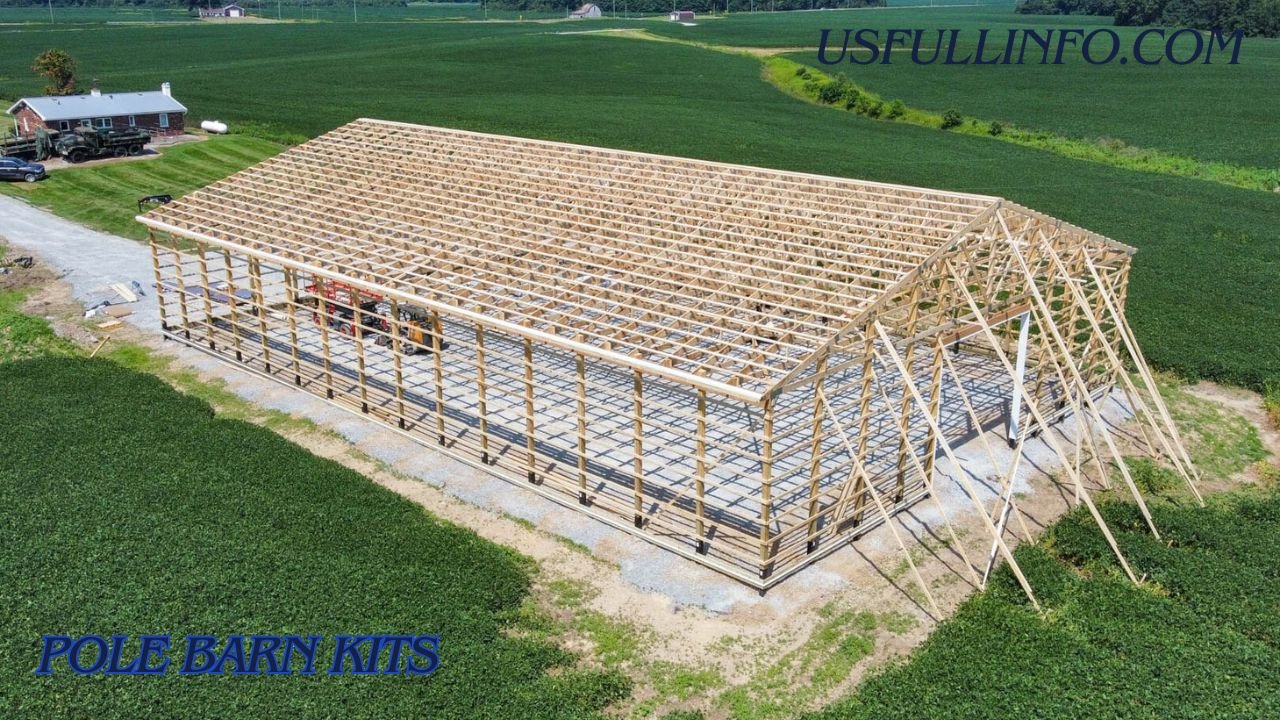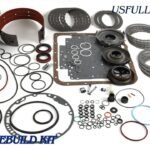Introduction to Pole Barn Kits
In recent years, pole barn kits have become one of the most practical, affordable, and efficient building solutions for homeowners, farmers, and business owners. These kits simplify construction, reduce costs, and offer flexibility for a variety of uses — from storage and workshops to garages, animal shelters, and even modern living spaces.
Whether you’re looking to expand your property with a barn, a hobby shop, or an agricultural building, pole barn kits make the process accessible to both professionals and DIY enthusiasts.
In this comprehensive guide, we’ll explore what pole barn kits are, their advantages, components, costs, and how to choose the right one for your specific needs.
What Are Pole Barn Kits?
Pole barn kits are pre-packaged building systems that include all the necessary materials and instructions to construct a post-frame structure. Unlike traditional buildings that rely on foundations and load-bearing walls, pole barns use wooden or steel posts anchored into the ground or concrete, which serve as the main support system.
The kits are designed to make construction faster and easier, often requiring less specialized labor and fewer materials than conventional buildings. This makes them an ideal choice for anyone seeking an affordable yet durable building option.

The History and Purpose of Pole Barns
Pole barns originated in the 1930s during the agricultural boom when farmers needed inexpensive and quick-to-build storage for equipment and livestock. The concept evolved with advancements in materials — from simple wooden poles and tin roofing to engineered post-frame structures with high wind and snow resistance.
Today, pole barn kits are used for a variety of purposes, such as:
- Garages and workshops
- Equipment storage
- Horse barns and stables
- Hay and grain storage
- Hobby shops and man caves
- Residential homes and cabins
Components of a Pole Barn Kit
A standard pole barn kit includes all the structural materials needed to assemble the building. Depending on the manufacturer, the contents may vary, but generally include:
- Posts or Columns: Usually made from pressure-treated wood or steel to form the main vertical supports.
- Trusses: Pre-engineered roof supports that provide stability and shape.
- Purlins and Girts: Horizontal framing members that attach to the posts to support the roof and walls.
- Roofing Material: Metal panels or shingles for long-lasting durability.
- Wall Panels: Typically steel sheets or wood siding for exterior walls.
- Doors and Windows: Sliding or roll-up doors, along with optional windows.
- Hardware and Fasteners: Nails, screws, bolts, and brackets for assembly.
Advantages of Pole Barn Kits
There are several reasons why pole barn kits are becoming increasingly popular:
1. Cost-Effective
Pole barn construction costs significantly less than traditional buildings because it uses fewer materials and requires minimal labor. Kits are pre-engineered to optimize efficiency, saving time and money.
2. Quick and Easy Assembly
Since pole barn kits include pre-cut and pre-drilled components, assembly is straightforward. Many owners can complete small to medium-sized pole barns in just a few days.
3. Versatility
Pole barns can be customized for various purposes — from agricultural use to commercial or residential spaces. You can add insulation, interior walls, plumbing, and electricity to create a fully functional building.
4. Durability
Modern pole barns are designed to withstand harsh weather conditions. High-quality materials like galvanized steel and treated lumber resist corrosion, rot, and pests.
5. Energy Efficiency
When insulated properly, pole barns can maintain comfortable temperatures year-round. Their open interior design also allows for efficient ventilation and lighting options.
Choosing the Right Pole Barn Kit
When selecting a pole barn kit, consider the following key factors:
1. Size and Purpose
Determine the size you need based on the intended use — whether it’s for storage, animals, or residential purposes. Popular sizes include 24×36, 30×40, and 40×60 feet.
2. Material
Choose between wood and metal framing.
- Wood: More affordable and easier to modify.
- Metal: Longer-lasting and lower maintenance.
3. Roof Type
Common roof styles include gable, gambrel, and monitor roofs. The choice affects both aesthetics and functionality.
4. Climate Considerations
If you live in an area prone to snow, wind, or humidity, ensure the kit is rated for local building codes and weather resistance.
5. Manufacturer Reputation
Select a reputable supplier with proven experience, warranties, and customer support.
Popular Uses for Pole Barn Kits
Pole barn kits are not just for farms anymore — they’ve evolved into multipurpose structures. Here are some creative ways people use them today:
- Home Garages and Workshops: Affordable solutions for vehicle storage and projects.
- Horse Barns and Stables: Customizable stalls, tack rooms, and feed storage.
- Barndominiums: Modern homes combining barn aesthetics with residential comfort.
- Storage Buildings: Ideal for boats, RVs, or heavy equipment.
- Commercial Buildings: Retail spaces, warehouses, or offices with open floor designs.

How Much Does a Pole Barn Kit Cost?
Many pole barn kits are designed for DIY builders. If you have basic carpentry and construction knowledge, you can handle most of the work yourself.
However, for larger or more complex buildings, hiring a professional contractor can ensure proper assembly and compliance with local building codes. Some kit suppliers even offer installation services or partner with certified builders.
Maintenance and Longevity
To ensure your pole barn stands the test of time, regular maintenance is essential:
- Inspect the roof and siding annually for damage.
- Repaint or reseal exterior panels as needed.
- Check for moisture buildup and ensure proper drainage around the foundation.
- Lubricate doors and hinges to prevent rust.
With proper care, pole barn kits can last 40 to 60 years or more.
Eco-Friendly Benefits of Pole Barn Kits
Pole barns are an environmentally friendly building choice because they use fewer materials, less energy, and sustainable lumber. Their open layouts allow for natural ventilation and daylighting, reducing energy consumption.
Many modern kits also offer solar panel compatibility and energy-efficient insulation, making them a sustainable option for eco-conscious property owners.
Where to Buy Pole Barn Kits
You can purchase pole barn kits from a variety of reputable manufacturers and retailers across the U.S. Some well-known providers include:
- Morton Buildings
- Hansen Pole Buildings
- Menards
- Cleary Building Corp
- Wick Buildings
These companies offer customizable kits, design consultations, and shipping across most regions.
Conclusion
Pole barn kits represent the perfect balance between affordability, durability, and customization. Whether you’re building a simple storage structure or a stylish barndominium, these kits provide a practical solution that saves time and money.
Their versatility makes them suitable for farmers, homeowners, and businesses alike. With proper planning, quality materials, and regular maintenance, your pole barn kit investment can last for decades while adding value and functionality to your property.







